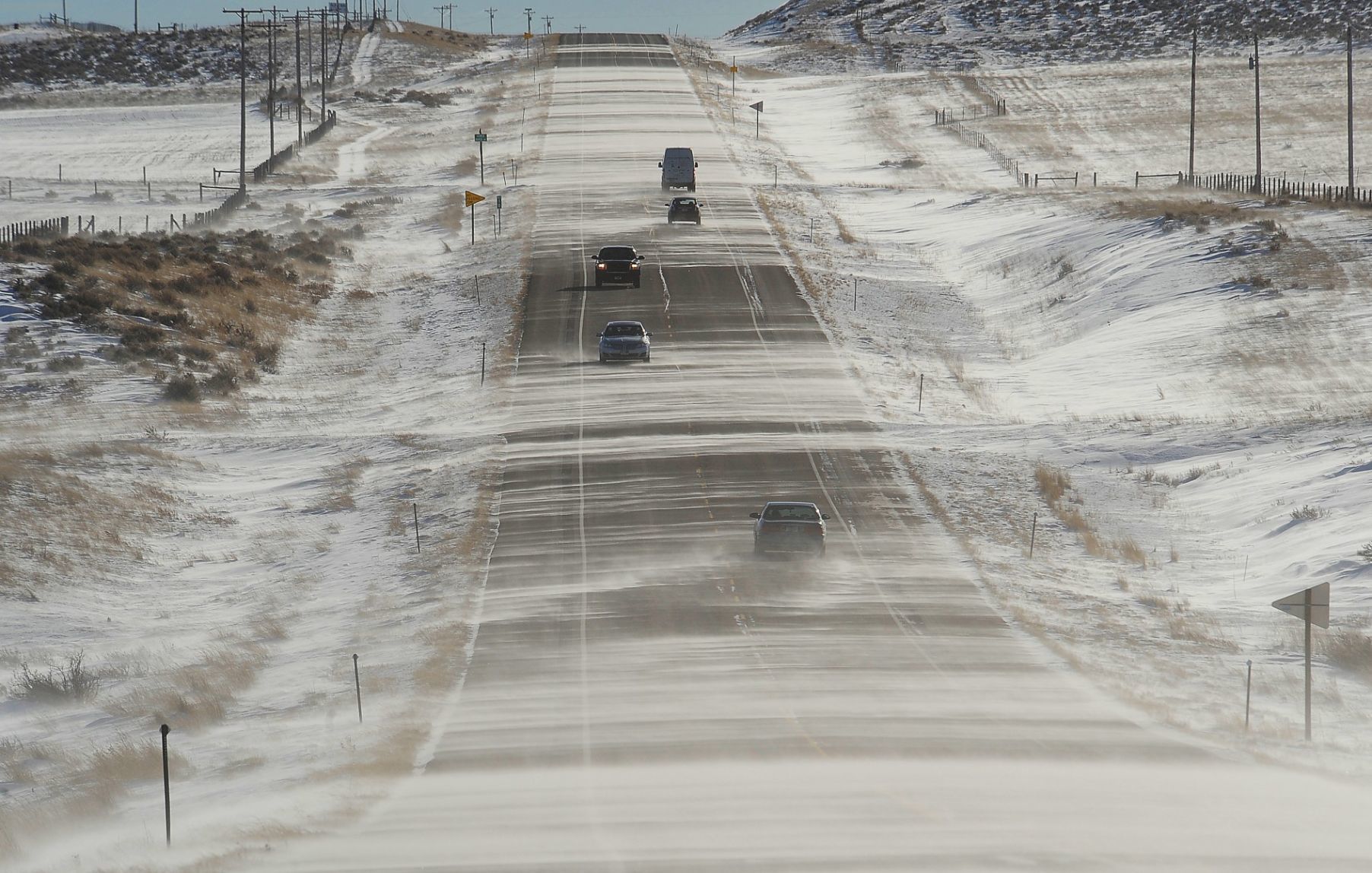
The debris were deposited well into a field downstream.

The tornado proceeded northeast to another hog farm where it removed large sections of roof from two large barns. There was minor roof and siding damage to the home and to another large shed, as well as some fences. A second brand new larger shed was completely destroyed and a very large shed with equipment inside was also completely destroyed. The farm place had a small shed blown approximately 100 yards. The tornado proceeded across open fields before severely impacting a farm near 4th and E road. The entire 2.7 mile track occurred in approximately 2 minutes.Ī tornado developed in a field near 3rd road south of C road and quickly moved northeast to cause roof damage to large animal barns where a substantial amount of roofing tin were removed. The tornado then travelled across open fields until reaching the Indian Hills neighborhood where it snapped two power poles and caused generally minor damage to a fence and shingles, with no further damage downstream. There was then another 5 blocks of sporadic minor to moderate tree and roof damage followed by a 2 block stretch of continuous minor to moderate roof and siding damage. The tornado proceeded to produce sporadic damage over the next two blocks and then a more consistent damage path for a 6 block period where many homes had minor to moderate roof damage and several trees were snapped or uprooted.

Much of the roof was deposited 20 to 100 yards downstream. Approximately one block later, it caused the worst damage of the entire track where an attached garage and entire roof were removed from a ranch home. Click to enlarge.Ī narrow, fast-moving, tornado began in the parking lot of a business along Howard Blvd where it tipped over a semi trailer and proceeded to cause roof, siding, fence, and tree damage. The wind also carried a smell of smoke from large grass fires in Kansas.įinally, to cap off the event, measurable snow up to a 0.5 inch fell in the northwest portion of the OAX service area. These winds persisted for several hours and carried dust from Kansas which reduced visibility to a couple of miles at a few locations. The peak post-frontal wind gust was 70 mph, nearly matching the 74 mph wind gust measured from the derecho. Strong winds behind the cold front were nearly as strong as the straight line winds from the storms. The passing of the derecho was not the end of the event. By 5:30 pm, the line of storms had cleared the service area. The strongest measured wind gust was 92 mph at the Lincoln Airport. The line of storms produced 25 confirmed tornadoes (9 EF-2, 14 EF-1, and 2 EF-0). The first thunderstorm warning in the area was issued at 4:16 PM. Storms developed in northern Kansas around 3 pm, and quickly arrived into the OAX service area as they were moving between 60 to 80 mph.

The dew point temperature at Omaha reached 61° which would have matched the previous maximum air temperature record. The dew point temperatures were 30° warmer than climatic average for air temperature. Dew point temperatures in eastern Nebraska were observed in the upper 50s while in southwest Iowa they peaked at 64° at Harlan. The stage had been set for the day as the normal diurnal pattern was interrupted with temperatures beginning to rise around 3 to 4 am, well before sunrise.Īn influx of moisture contributed to the increased instability that would later help sustain the damaging derecho. Omaha, Lincoln, and Norfolk all set maximum temperature records, with Omaha and Lincoln both breaking the previous record by 10° or more. Shenandoah and Sidney both recorded a maximum temperature of 75°, the highest temperature ever recorded in the month of December for Iowa. Temperatures soared in the afternoon with many locations observing temperatures in the 70s, which is approximately 40° above normal. Falls City had a peak wind pre-storm wind of 62 mph around 2 pm. The event began with non-thunderstorm winds greater than 58 mph in southeast Nebraska and southwest Iowa. The event was determined to be a derecho meeting the criteria of wind damage extending more than 250 miles, including wind gusts of at least 58 mph and numerous gusts of at least 75 mph. A low pressure system brought strong (both thunderstorm, and non-thunderstorm) winds, tornadoes, dust, snow, and record temperatures into eastern Nebraska and western Iowa.


 0 kommentar(er)
0 kommentar(er)
